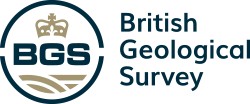New hazard maps set to help safeguard UK offshore energy industry
Essential geological model detailing seismic hazard published as the pursuit of new renewable energy infrastructure intensifies.
12/09/2024 By BGS Press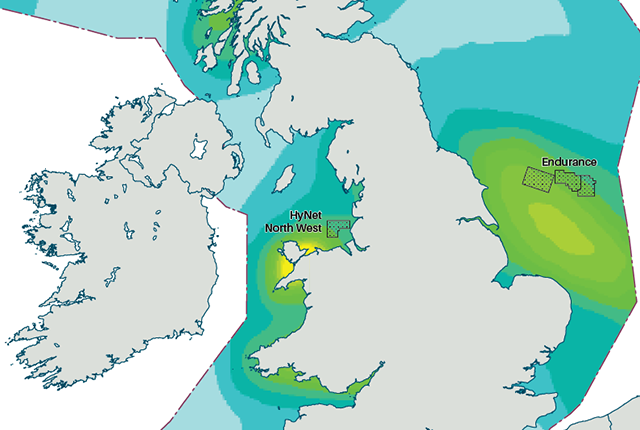
Enhanced mapping of the UK’s Exclusive Economic Zone (EEZ) is being made available to the public for the first time, providing greater insight into the occurrence of earthquake hazard across an area of seabed that the country holds exclusive rights to, including those for energy production.
The updated modelling from BGS comes at a time when the UK is seeking to bolster its offshore renewable energy infrastructure and meet its net zero commitments.
These maps are the first new UK offshore seismic hazard maps for more than 20 years. Methodological and computational advances mean that we are able to better understand which areas hold the potential to be heavily impacted by seismic activity and how to model the uncertainty (what is still unknown or uncertain).
Offshore critical infrastructure, including windfarms and carbon capture and storage, are both essential for the transition to net zero, but it is also vital that we know what the hazard is so that high consequence structures can be designed appropriately to reduce risks to people and the environment.
Dr Ilaria Mosca, earthquake hazard researcher, BGS.
Earthquakes in the UK
The UK experiences between 200 to 300 earthquakes annually, with the largest earthquake ever recorded being a 6.1 magnitude earthquake that occurred in 1931 in the Dogger Bank area of the North Sea, about 100 km from the east coast of England. More recently, in 2022, a 5.2 magnitude earthquake in the northern part of the North Sea shut down operations at an offshore oil platform without causing significant damage.
The North Sea and the Irish Sea have a strategic role in supporting the UK’s decarbonisation and net zero carbon ambitions due to the increasing number of licensed carbon capture and storage (CCS) sites located there. The presence of historic seismicity near these offshore CCS sites emphasises the importance of robust estimates of the potential earthquake hazard to underpin the planning and design of this critical offshore infrastructure.
The seismic hazard maps
The seismic hazard shown in the maps is computed using a model that consists of two parts: one that characterises earthquake occurrence (where they occur and their frequency of occurrence) and another that describes the ground shaking that may result from potential future earthquakes. The model is based on historical and instrumental observations of earthquakes and their effects, and information and data relating to the tectonics and geology of the region under investigation.
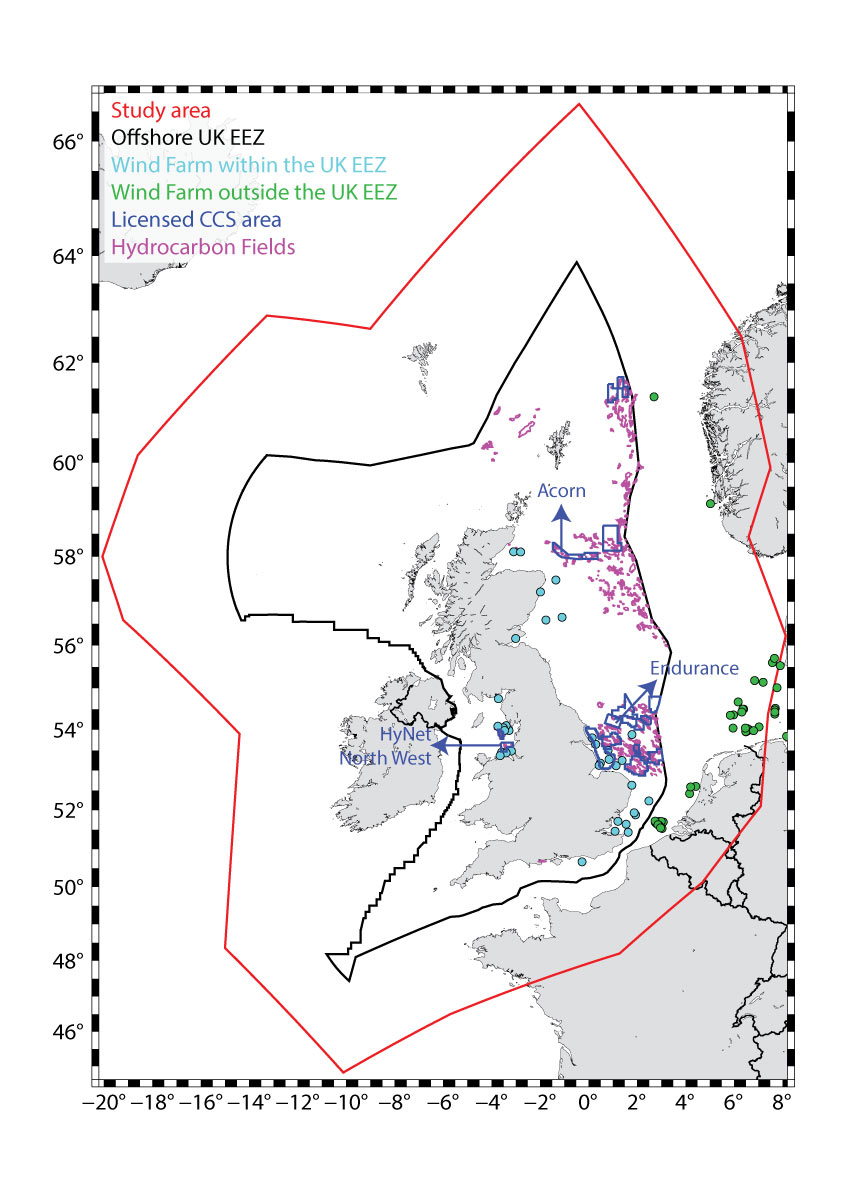
Map of the current UK offshore Exclusive Economic Zone (EEZ), the study area for this project and the locations of the gas and oil hydrocarbon fields, wind farms, and licensing offshore CCS sites as reported by the North Sea Transition Agency. BGS © UKRI. Contains OS data © Crown copyright and database right 2024.
These maps empower developers with the knowledge of the areas that have the greatest potential for key infrastructure, including CCS, to be built without the serious risk of damage caused by the ground shaking produced by future potential earthquakes, helping to ensure net zero can be achieved alongside the safety of those on and offshore.
Dr Ilaria Mosca.
Project partners and funding
The project was funded by the Industrial Decarbonisation Research and Innovation Centre (IDRIC). The project partner was Storegga, an independent developer of low-carbon solutions for industrial emissions, including CO2 storage and hydrogen. Storegga projects include the Acorn CCS, Cromarty and Speyside hydrogen projects in the UK, Trudvang CCS in Norway and Harvest Bend CCS in Louisiana.
More information
The products of this project are accessible through a dedicated webpage.
For more information, please contact Lucy Bloor, BGS Communications and Media Manager
m +44 (0)7745667169 / 07790 607 010
Relative topics
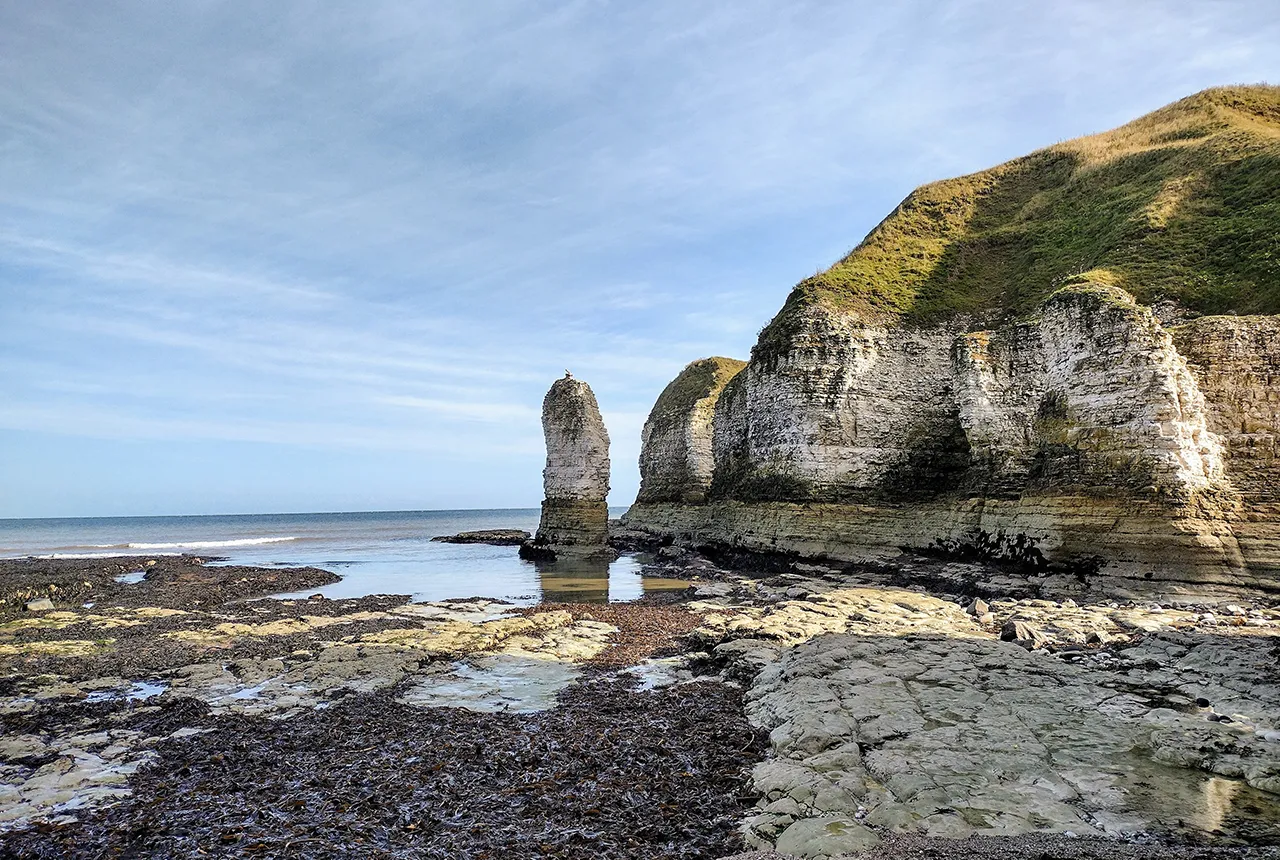
New geological maps of the Yorkshire Wolds to better inform groundwater management and policy decisions
17/12/2025
The new mapping provides crucial data on localised geological issues that may assist in protecting water supplies.

New 3D model to help mitigate groundwater flooding
08/12/2025
BGS has released a 3D geological model of Gateshead to enhance understanding of groundwater and improve the response to flooding.
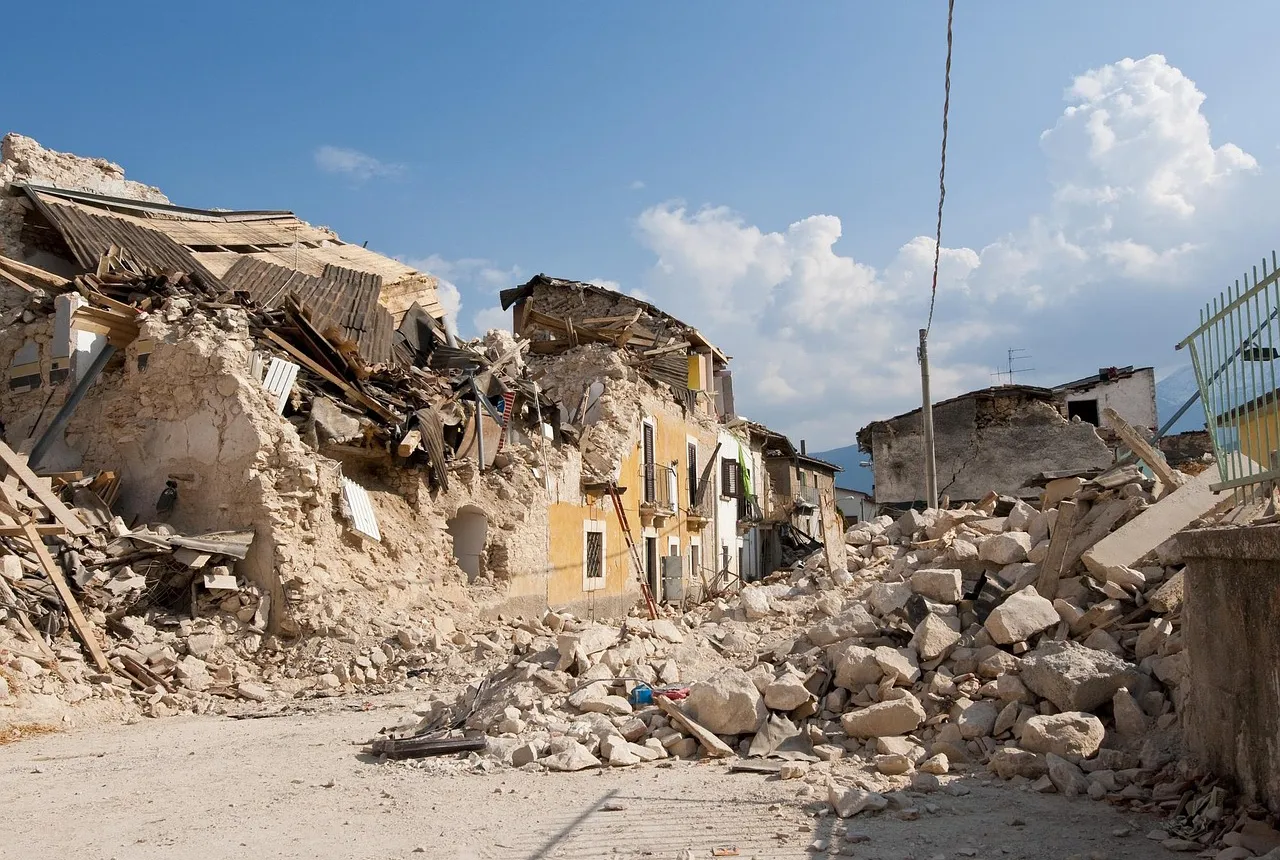
New research shows artificial intelligence earthquake tools forecast aftershock risk in seconds
25/11/2025
Researchers from BGS and the universities of Edinburgh and Padua created the forecasting tools, which were trained on real earthquakes around the world.
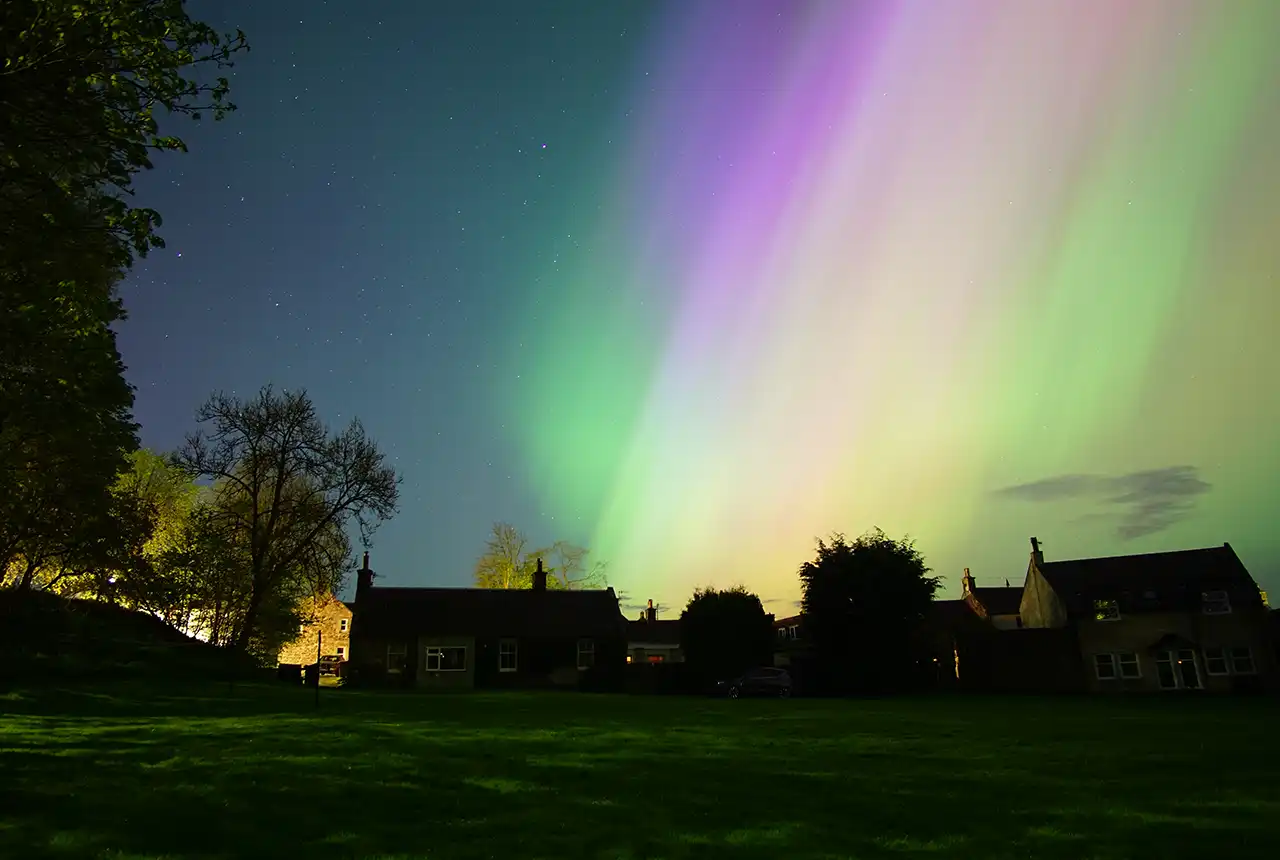
UK braced for what could be the largest solar storm in over two decades
12/11/2025
Intense geomagnetic activity could disrupt technology such as communication systems, global positioning systems and satellite orbits.
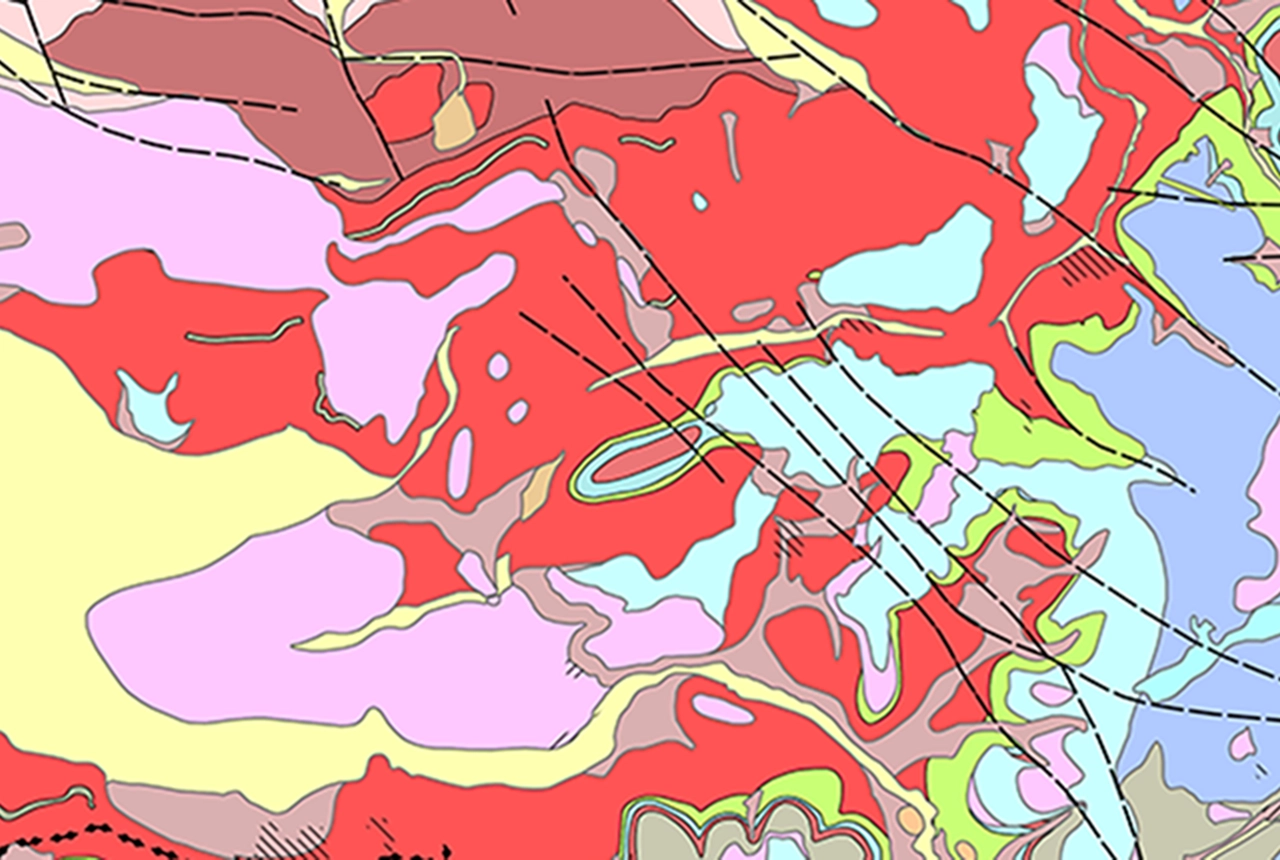
Latest BGS Geology 50K mapping data launched
06/11/2025
Some of our most widely used maps have received a major update, including the 1:50 000-scale map series that now includes enhanced coverage of Great Britain.
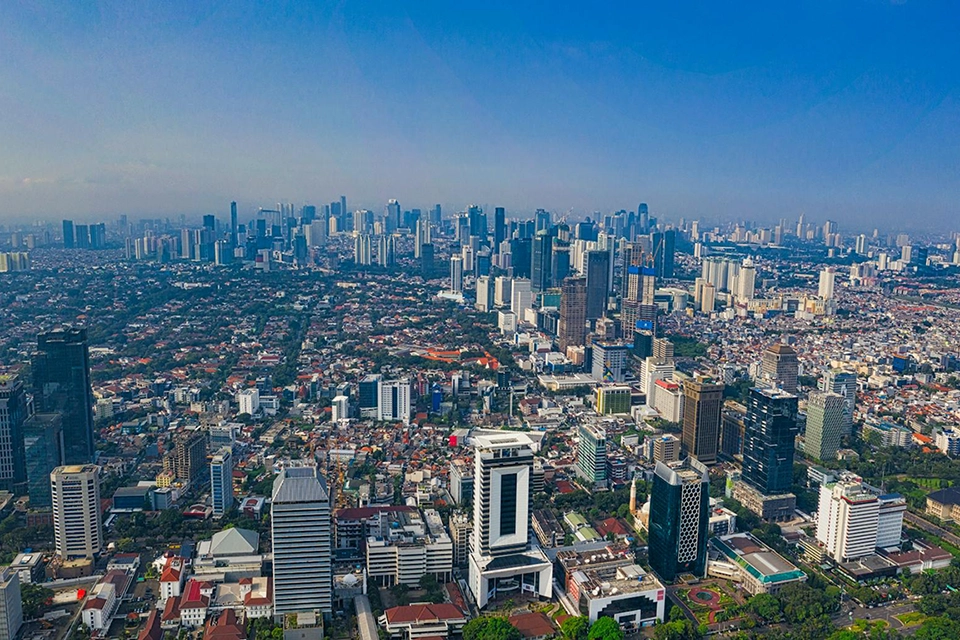
New research highlights significant earthquake potential in Indonesia’s capital city
04/11/2025
Research reveals that a fault cutting through the subsurface of Jakarta could generate a damaging earthquake of high magnitude.
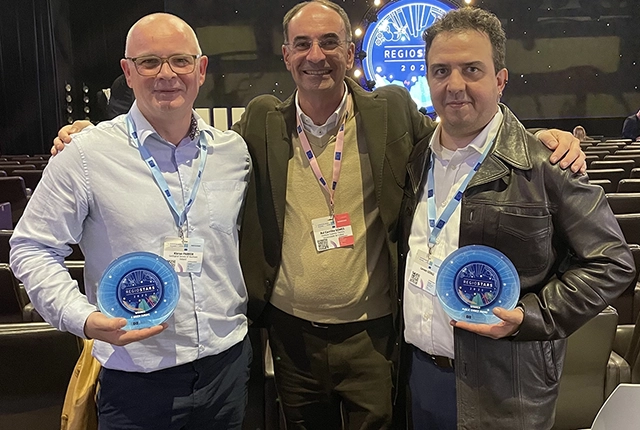
GSNI project wins multiple awards at RegioStars event
17/10/2025
The AGEO project enjoyed a double success at the RegioStars awards, hosted at the European Commission in Brussels.
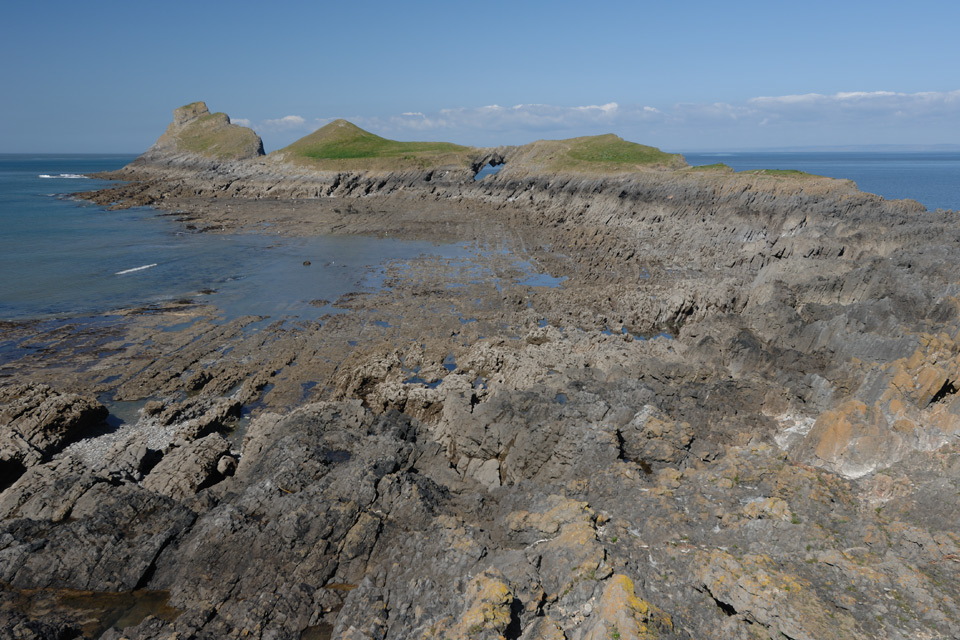
Extended seabed geology map of the Bristol Channel published
07/10/2025
BGS has released significantly extended high-resolution maps that will support offshore green-energy initiatives in the area.

New report sets pathway to reduce the impacts of geohazards in one of the world’s most hazard-prone nations
30/09/2025
A new White Paper, co-developed by Indonesian and UK hazard experts, presents a strategic roadmap to significantly reduce the impacts of geological hazards in Indonesia.
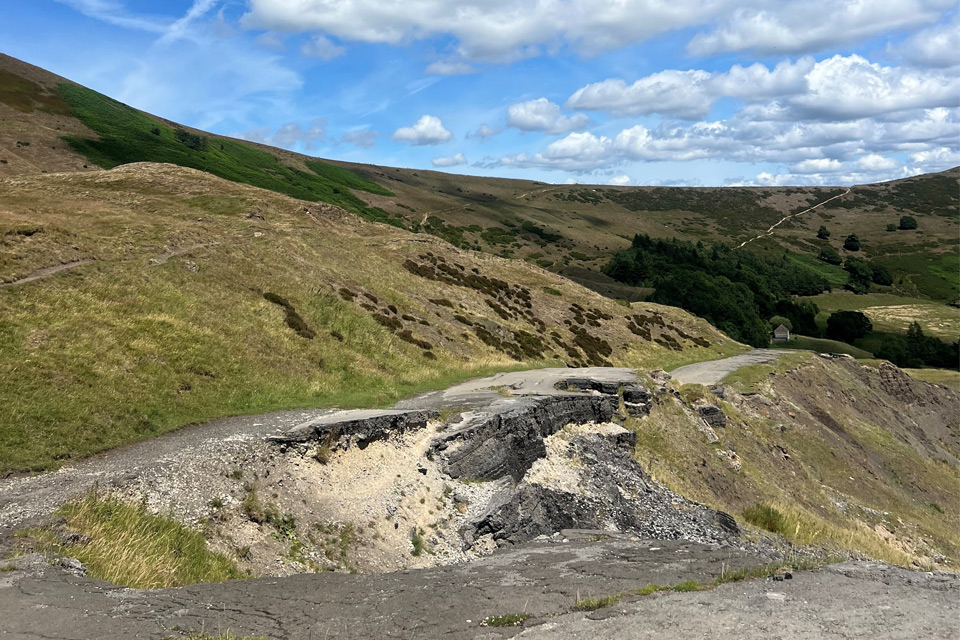
Artificial intelligence helps scientists identify 3000 moving slopes potentially at risk of landslide
25/09/2025
A new approach that combines AI and satellite data has been used by scientists to detect actively moving landslides at a national scale.
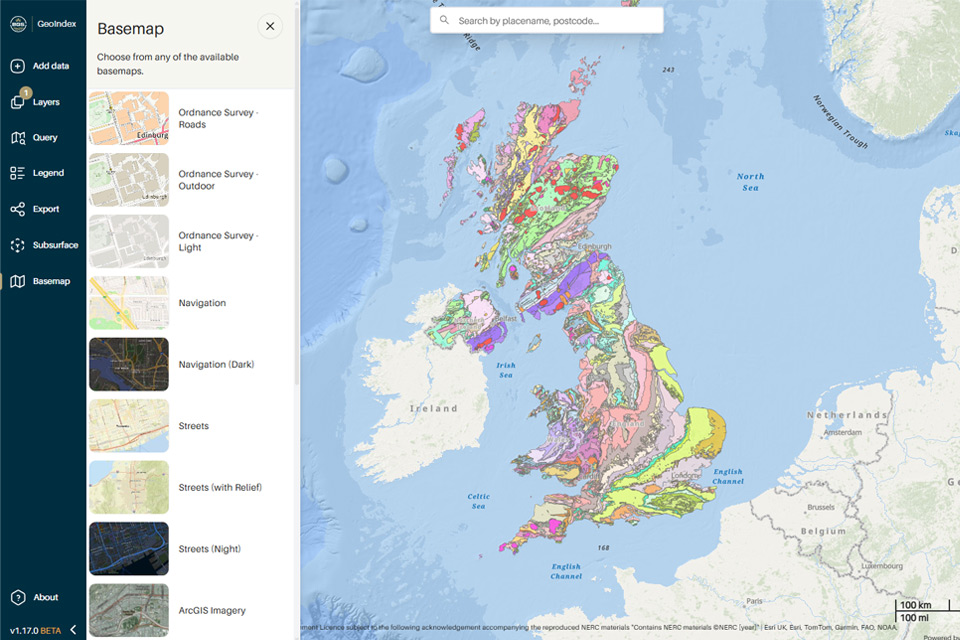
New BGS GeoIndex viewer released for user testing
24/09/2025
The premium map-viewing application has been given a major upgrade and made available as a beta release.
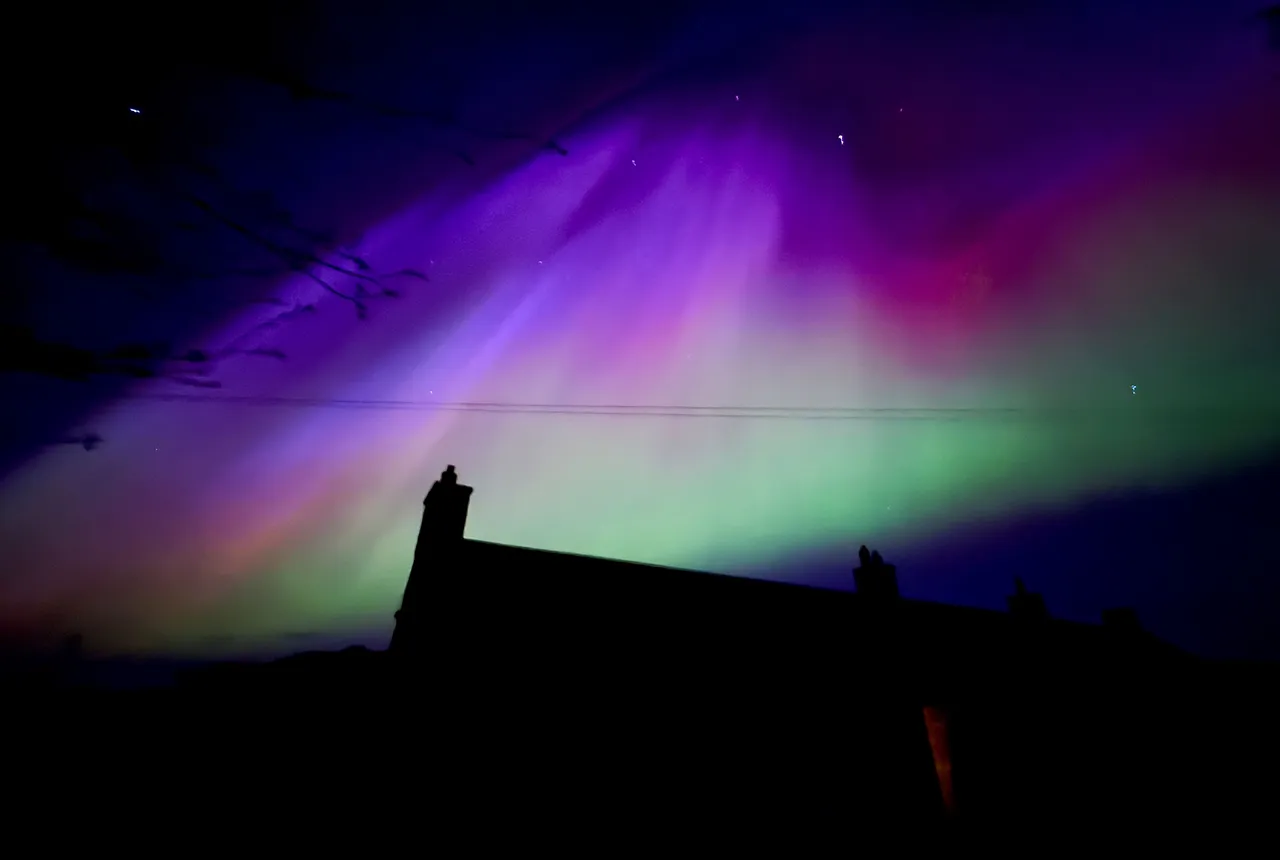
UK scientists in awe-rora as national coverage of magnetic field complete for the first time
23/09/2025
New sensors being installed across the UK are helping us understand the effects that extreme magnetic storms have on technology and national infrastructure.
